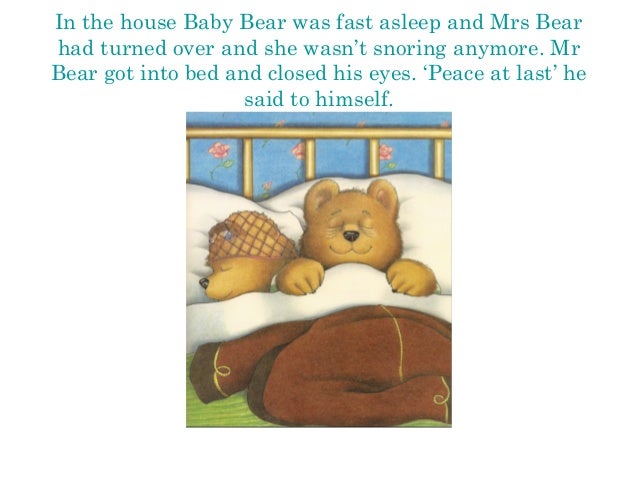

(This activity would likely take up a number of science and design and technology sessions over the course of a week). To investigate how combining materials can make more useful properties.To identify the sensory qualities of certain materials.To identify that sound travels faster through certain materials.At least two adults if working with a large class.Art materials (glue, paint, scissors, pencils, sellotape, large work space).Teddy bears or large A4 images of teddy bears.Picturebook story of ‘Peace at Last’ (Jill Murphy).

A variety of recycled materials (newspaper, bottle tops, bottles, cardboard boxes, pen lids, cotton wool, etc).Children will also have experience Hazoume’s artwork and investigated the materials of the masks in the museum. In the weeks leading up to this activity the class and teacher will have been collecting as many different recycled materials as possible from home and around the school. Children will be investigating different materials and their properties for the purpose of designing and making a mask for Mr Bear in the story ‘Peace at Last’ by Jill Murphy.

To incorporate Hazoume’s artwork and the importance of recycling into the masks topic, I have designed a science experiment with cross-curricular links to English and Citizenship. The idea of reusing as much of our daily rubbish as we can inspires me and is something I wish to inspire the children in my class to do often, in school and at home. She now lives in Cornwall with her son Charlie.Romauld Hazoume’s artwork serves a number of purposes to decorate, to inspire, to reuse and many more. The Large Family stories are Jill’s other best known stories, picture books telling of the domestic chaos of a family of elephants. Mildred Hubble has gone on to several more adventures, most recently The Worst Witch and the Wishing Star, and even her own TV show. Jill became a freelance author and illustrator and many more wonderful books followed. When Jill was twenty four, The Worst Witch was finally published, and was an instant best-seller. Three big London publishers turned it down so Jill put it in a drawer and went off to work in a children’s home and as a nanny. At only eighteen she finished her first novel, The Worst Witch, which was based heavily on her own experiences at the convent school. Jill went to a strict convent, and left at sixteen to attend both Chelsea and Croydon art schools. “My earliest memory (my mum tells me I was two), is sitting on the kitchen floor surrounded by sheets of drawings.” By the age of six she was stapling her own little storybooks together. From a very early age she was drawing and writing stories.


 0 kommentar(er)
0 kommentar(er)
